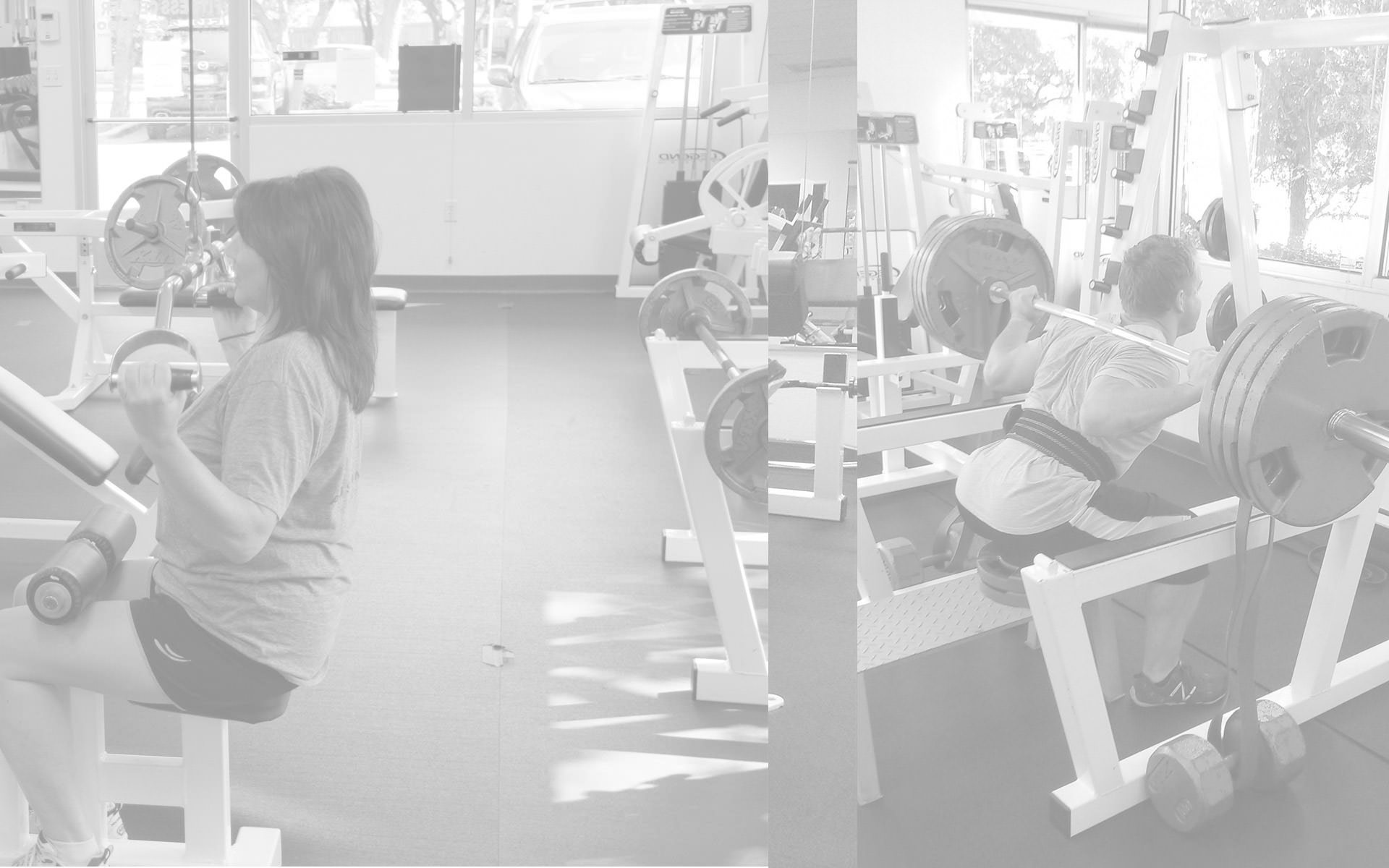10,000 Steps Is A Long Way To Walk
Over my many years as an Austin personal trainer, I’ve written of the many fitness fads and trends that become the next great sensation. Everything from pole dancing classes, to CrossFit, and seemingly everything else in between that has ever been a blip on the fitness radar screen. While some programs, or fads, if you will, certainly have something scientific to back up their claims, others don’t. It should then come as no surprise that they are the ones with the least to offer, as well as often times being the ones that carry the greatest potential for injurious side effects. The latest fitness phenomenon seems to be the 10,000 steps program. 10,000 steps is basically a program that is designed to get you up and moving, by literally walking 10,000 steps every day. Is it worthwhile though?
We could be cynical and laugh it off as nothing more than semi clever marketing since the program was drawn up by a pedometer company, but that aside, there is some actual merit to the 10,000 steps idea. Like anything in fitness, it doesn’t mean that everyone should be doing it, as some people simply would be ill advised to attempt walking 10000 steps per day, as that equates to roughly 5 miles. Those with abnormally tight hip flexors, low back pain, tight hamstrings, etc, would be best served by remedying the imbalances beforehand, and then, once healthy and balanced enough, attempt the program, or some variation of it, that’s better suited to their needs and abilities.
10000 steps is a lot of walking in a day for several reasons. Firstly, it’s obviously a lot of distance to cover, and secondly, people have other things in life demanding their attention, such as work, family, etc. For some folks, it’s a fine idea, as mentioned previously, but what if the demands of your work and family schedule preclude you from walking 5 miles per day? What if you have overly tight gluteal muscles causing low back pain? This is where the formulaic exercise phenomenons always fall short. They sound like a great idea, on paper anyway, but the reality is that sweeping statements and grand, all inclusive personal training and fitness programs can only help some people, and only some of the time. The others, who don’t fall onto the successful side of the equation, at best will experience a lack of results, and worst case scenario, get injured. Theoretically, the 10000 steps plan is a great idea, but most people are going to have to modify that goal in order to meet it and not exacerbate any tightness’ and imbalances.
If you need to start with walking 1,000 steps per day, and then slowly work your way up, while incorporating a stretching and myofascial release program with a body worker, that is absolutely fine. In fact, it’s intelligent as opposed to trying to meet the sweeping, all inclusive random goal of 10,000 steps per day for everyone. For those who are able to do it without issues of time constraints, weakness’, etc, more power to you. In fact, there’s nothing wrong with 10001 steps. Just remember that there’s nothing wrong with 9,999 steps, or even just a few steps either. Whatever works best for you is what you should be doing as opposed to worrying about meeting some randomly selected quota.
The biggest attribute to the whole 10,000 steps program, in my professional opinion, is that it sets a quantifiable goal for people to be more mobile throughout their days, and get in better health as a result. Another good thing about the program, is that is a different approach than saying go out and walk 5 miles per day. That’s a daunting prospect to many people, especially those new to health and fitness. Steps, even if they are measured by the thousands, are much smaller, and already a part of our every day life. We walk to the restroom, we walk to the dinner table, to our cars, etc. Challenging people to walk a certain number of steps per day is a lot less foreboding psychologically than asking them to walk 5 miles per day.
One seemingly obvious thing to consider, however, if you feel you are a candidate for this program, is that you will be actually walking 5 miles per day. The reason for pointing this out, is that when we consider performing a task, we often times envision ourselves performing it once or twice. This, however, is a daily regimen. The reason for bringing up the obvious, in this case, is that you want to make sure you have proper footwear before walking 5 miles per day, or you will likely end up with hip, knee, and/or ankle issues from improper tracking, as well as low back pain from the newfound tightness in the pelvic region brought on by improper footwear. Like anything else you decide to pursue, be sure to have the proper equipment beforehand so you not only stand a better chance of completing your goal, but to ensure you won’t end up hurting yourself in the process as well.
Like any fitness fad or trend, people benefit commercially while the consumer benefits, or fails. In this case, with 10,000 steps, I’m sure there’s been a dramatic spike in pedometer sales as a result of it’s introduction, but by my estimation, that’s a lot better than visits to the emergency room because people were lifting too much weight with bad form, while being coached by on online trainer, or a recently certified, and under qualified one as we’ve seen with certain fitness fads. Getting up and moving more is a good idea if you want to drop a few pounds and get healthier in the process. As I’ve written elsewhere on this site, and is well known, a sedentary lifestyle, as we age, is the beginning of the end. Maybe you should walk 10,000 steps, and maybe you shouldn’t. In either case, as long as you get up and exercise to the best of your abilities, it’s a good thing.
Ready to Get Started?

Andy

Latest posts by Andy (see all)
- Workout Motivation: How To Get Motivated To Work Out - March 9, 2022
- Body Fat Types: Subcutaneous and Visceral Fats - June 1, 2019
- Why Diets Work If You Stick With Them - April 1, 2019






